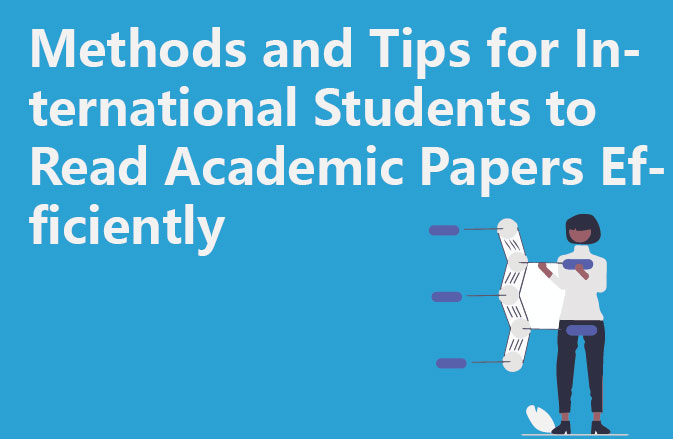As we all know, academic papers are an important part of scientific research.
However, facing the vast academic literature, how to effectively mine useful information from it and apply it to one’s academic research?
In this article, we will share some reading methods and techniques to help you become an excellent researcher.
First, let’s talk about two important reading skills:
Abstract and introduction screening and selective reading. As the name suggests, its purpose is to help us quickly filter out papers that are highly relevant to our research and avoid wasting time on irrelevant information.
In this, master’s students can target selective reading according to their own knowledge needs and concentrate on those literature that are closely related to their chosen topic.
Secondly, we introduce a practical reading method:
Whole batch layer-by-layer reading method. This is a method that follows the principle of going from the shallow to the deep, from the surface to the inside.
In each reading process, you should first ask questions, and then purposefully look for answers to explore.
Do not be discouraged even if you encounter places you cannot understand, because with the increase in knowledge and the improvement of self-learning ability, these problems will be solved.
In addition, we also need to pay attention to the full use of the overall reading advantage. For certain papers with high relevance to the research topic can be integrated together for in-depth reading, which not only can greatly improve the reading efficiency, but also can accurately select the most urgent need to read the research material.
To sum up, successful researchers should have good recognition of material selection, efficient reading skills and scientific reading methods.
Only through continuous practice and exploration can we maximise the inspiration from academic papers and lay a solid foundation for personal academic development.




